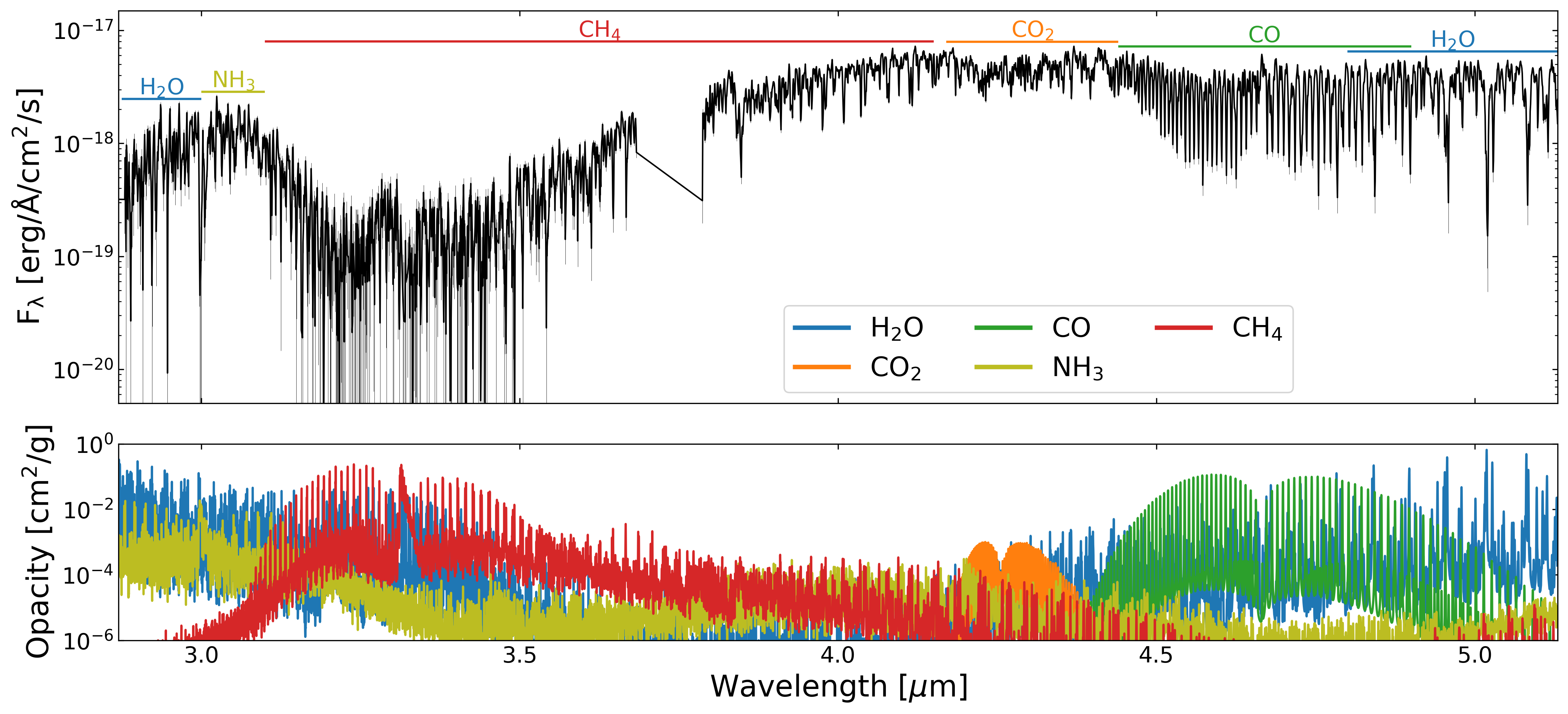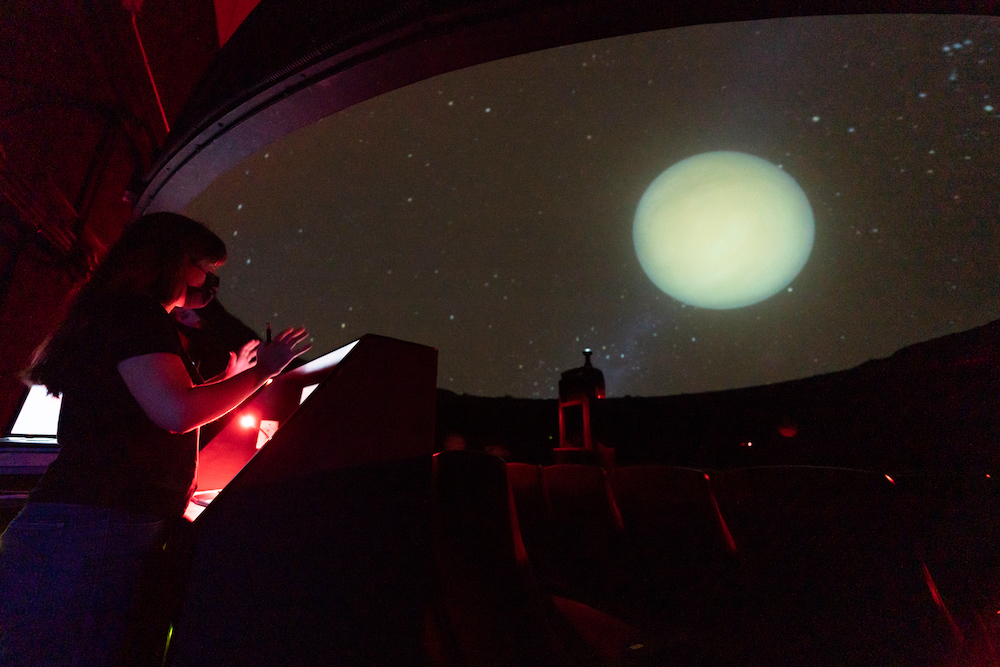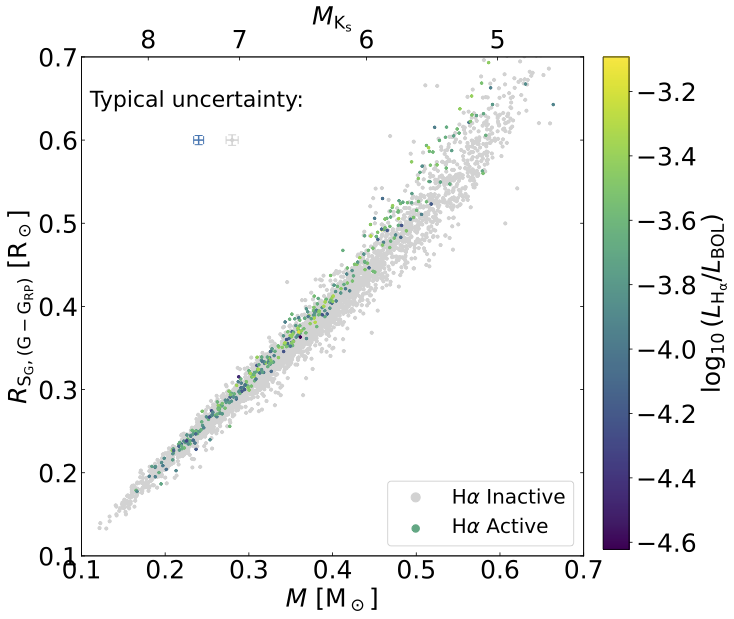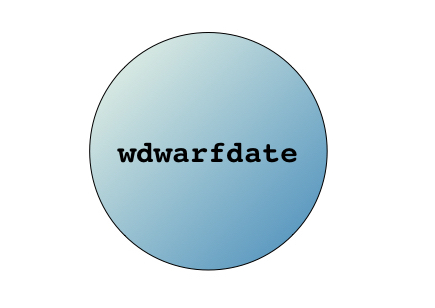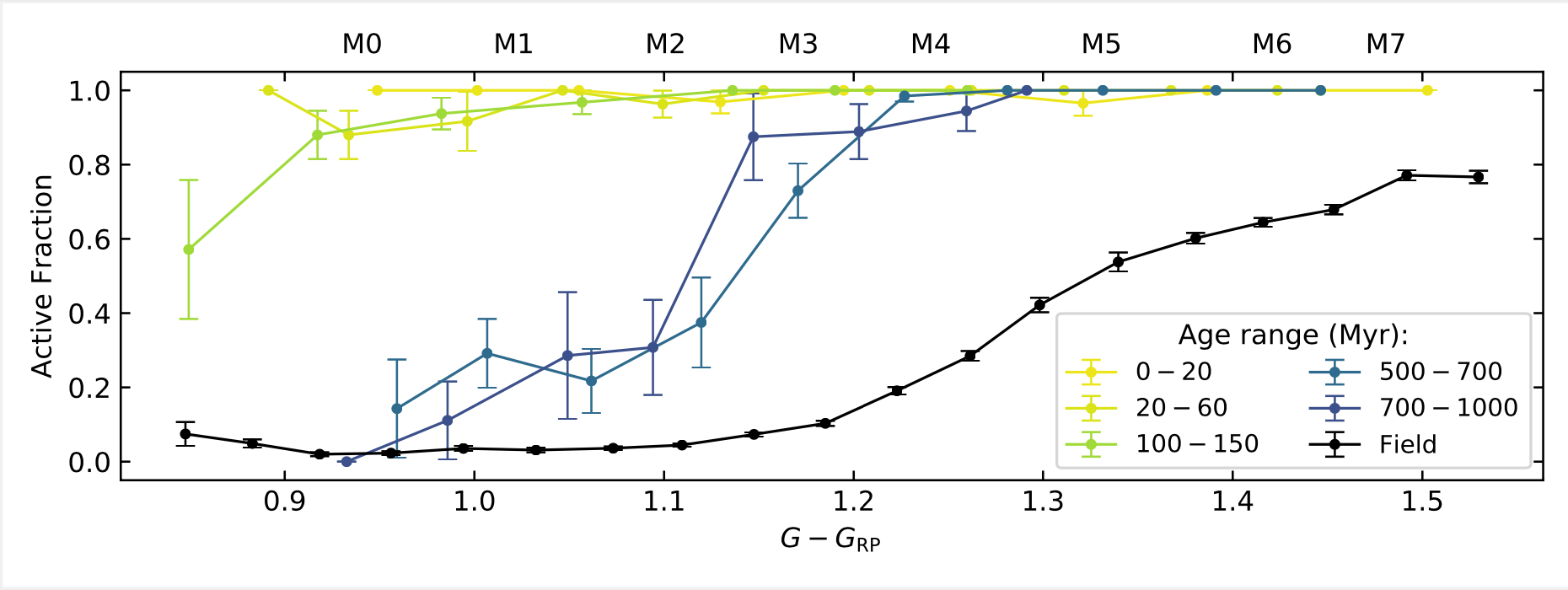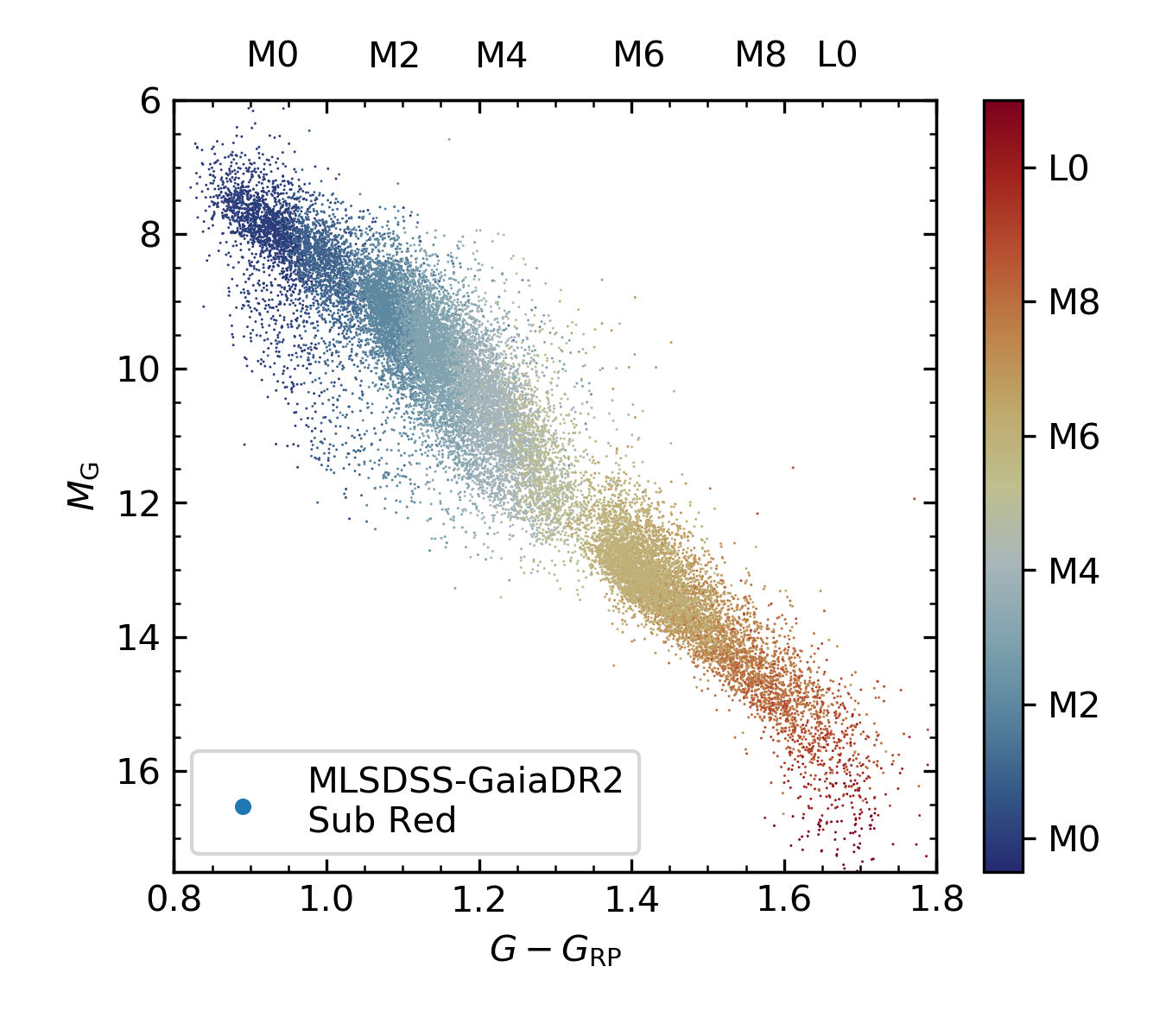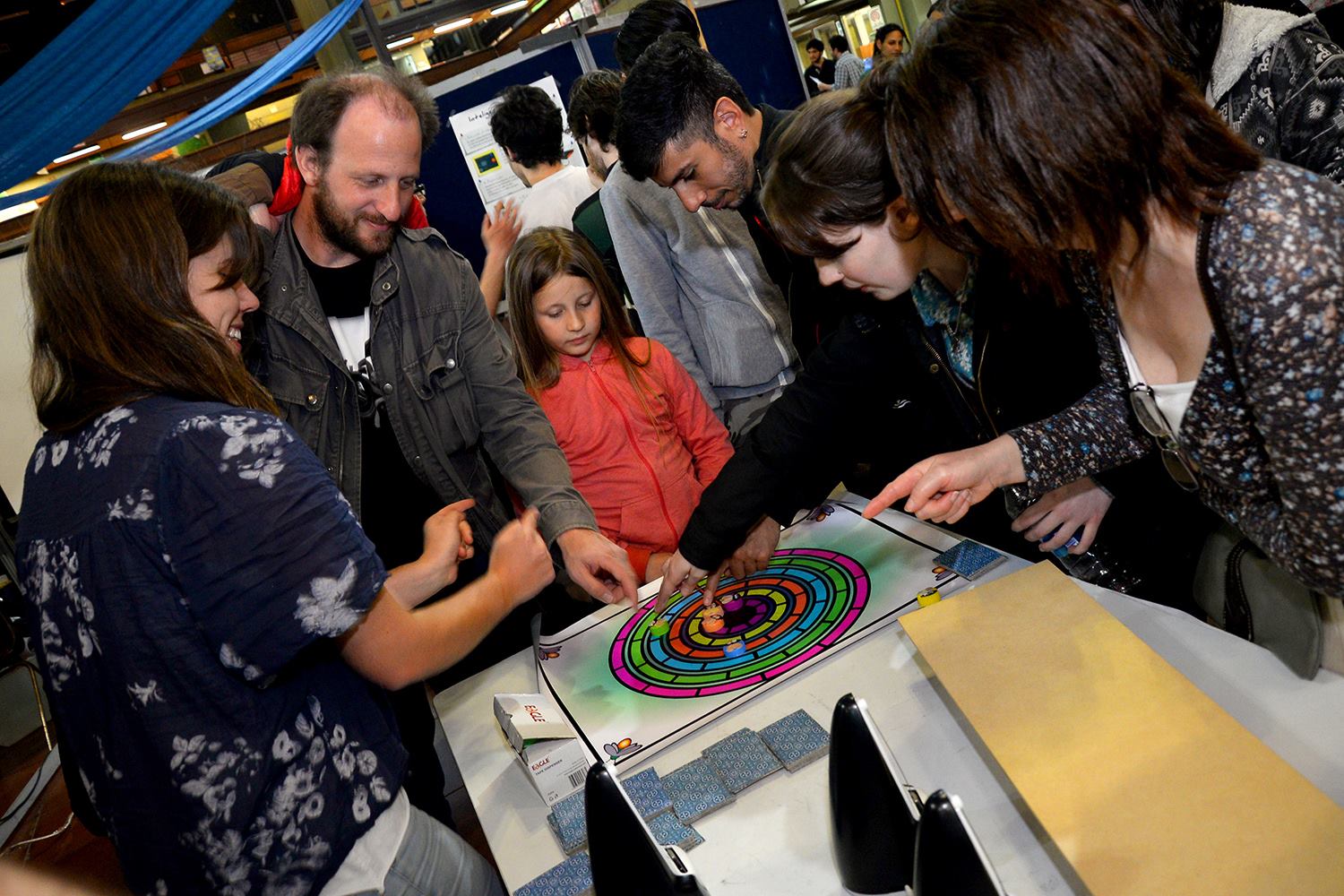Member of the Astro Outreach department at Caltech
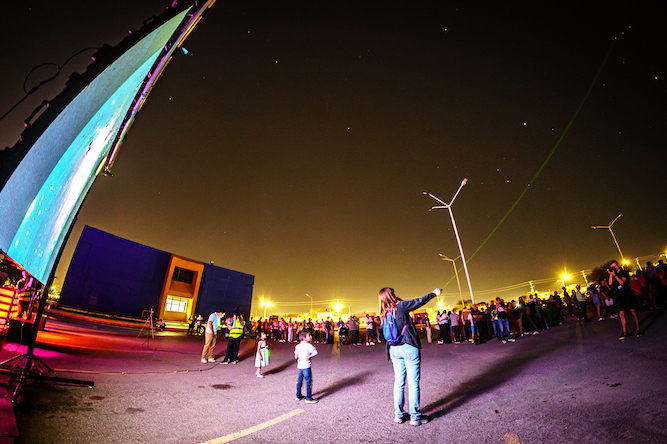
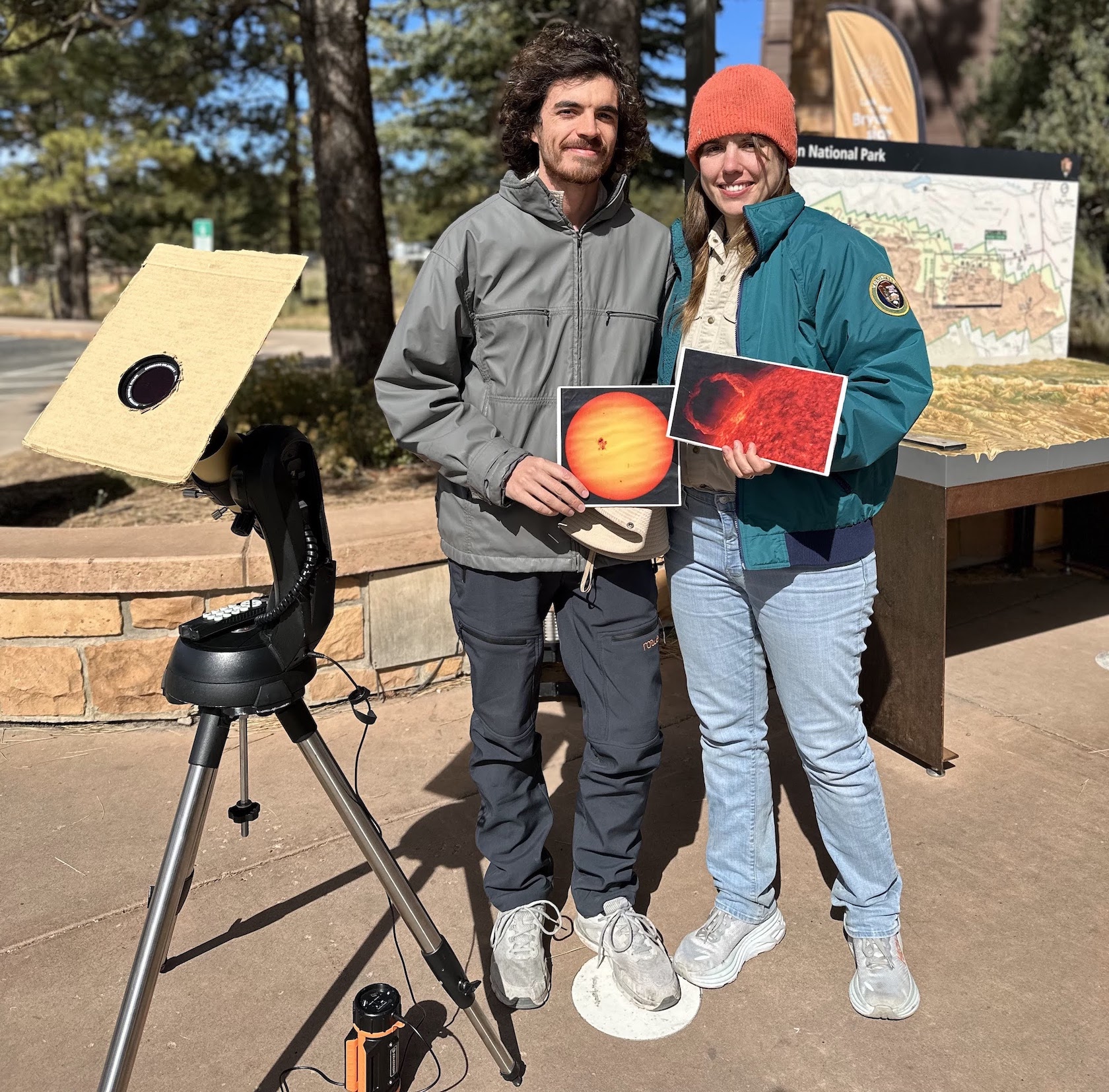
I am part of the Astronomy Outreach department at the California Institute of Technology (Caltech). As a member, I have given public talks in events like Astronomy on Tap and the Stargazing Lecture (in Spanish). I have also participated and help organize events with different activities to interact with the public at events like the Pasadena Science Fair and the International Astronomy Day at Santa Barbara. In addition, I participated of a week long outreach trip for the annular solar eclipse in 2023 to Grand Canyon, North Rim and Bryce Canyon National Park where I gave an Astronomy on Tap talk, participated on Star Parties where we used telescopes to show different objects (like Saturn and Jupiter) to the public and talk about astronomy, and participated on a Q&A panel. In April 2024, I co-organized a two day event for the total solar eclipse in Piedras Negras, Mexico, in collaboration with the Instituto Tecnologico de Piedras Negras, for around 2000 people. We organized public talks, a star party and a viewing event of the eclipse for the local community. See a summary of the event here here.
Astronomy Volunteer at the Santa Barbara Museum of Natural History
During July 2022, I was a volunteer at the Santa Barbara Museum of Natural History. I got to develop a planetarium show about our Solar System and I performed it in Spanish every week. See an interview about my experience for the Kavli Institute for Theoretical Physics Newsletter here.
Outreach volunteer at AMNH
During my Ph.D., as a member of the American Museum of Natural History (AMNH) Astronomy department, I had several key opportunities to interact with middle and high school students participating in museum outreach events. These included speaking with small visiting classes from ESL (English as a second language) schools and running an astronomy booth for local visiting families at an all-Spanish planetarium program.
Outreach Assistant at the UBA
During my undergraduate studies, I joined the outreach group at the University of Buenos Aires (UBA) where I participated in different events to take science to the public such as: “Physics week” and “Museum Night”. During these events we had exhibitions with physics experiments for middle and high school students, and the general public. I also participated in monthly meetings with groups of high school students to explain to them what the Physics career is about and what it means to be a scientist.
